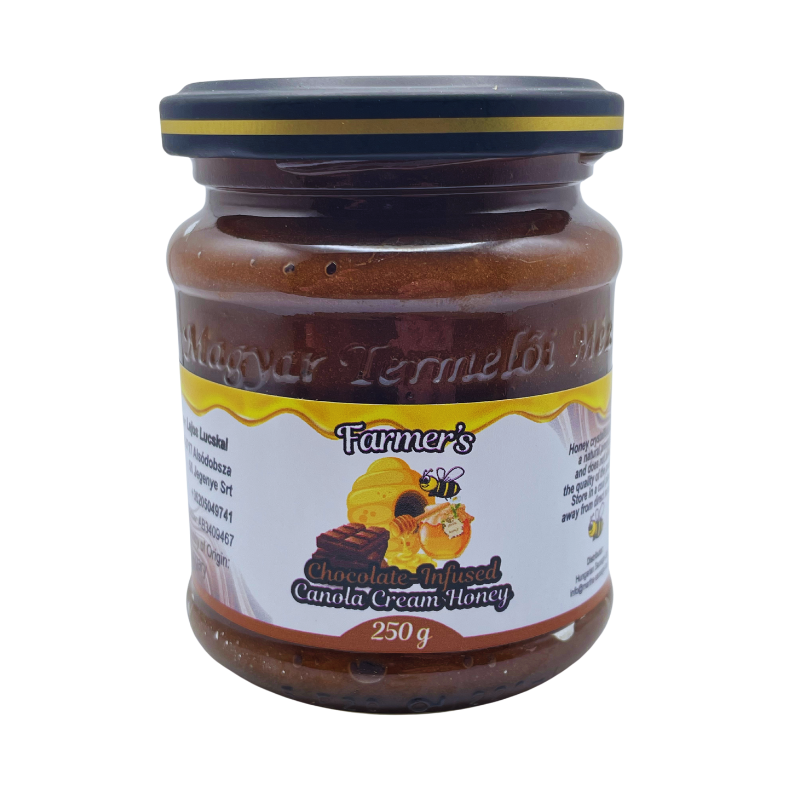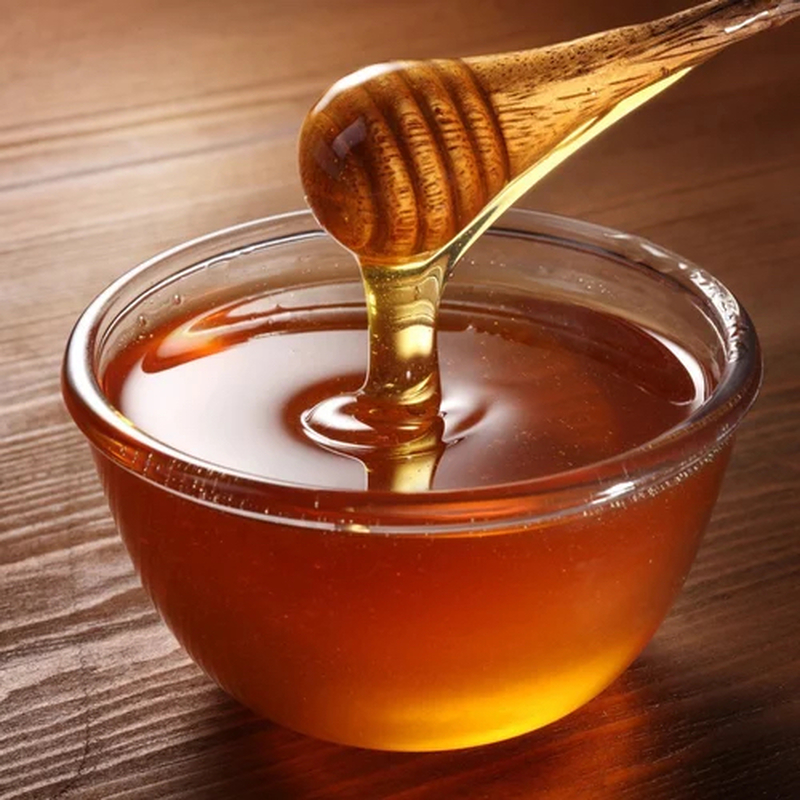Rapeseed (Brassica napus L.) is a cultivated plant. It is an important species for vegetable oil production. The plant grows to a height of 1.0 - 2.0 m, has loose clusters of yellow flowers. The seed yield is significantly improved due to the pollination work of bees.
When to collect:
In the spring, before the acacia blooms, at the end of April, the very beginning of May.
It requires great care on the part of the beekeeper to ensure that his honey does not get into the acacia honey, as it causes its crystallization.
Appearance of honey:
As freshly spun honey: Pale yellow in color, with a mild flavor and sweet aroma.
Cream honey: Rapeseed honey crystallizes very easily, when crystallized it becomes almost white and has a very fine-grained, creamy appearance. Cream honey means honey that has been continuously stirred during natural crystallization. The stirring makes the crystallized honey uniform, fine-grained, and creamy. Apart from stirring, no other intervention is done, there are no added substances!
Crystallization of honey is a natural phenomenon, it does not affect its quality, it is not a quality defect! The fluidity of honey can be restored in a short time by placing it in a sunny, warm place, on a radiator or in warm water. Be careful not to caramelize it!
Honey composition :
Rapeseed honey is characterized by the fact that it contains only 3 of the 11 sugars found in honey: fructose (fruit sugar) and glucose (grape sugar), as well as maltose. It does not contain, for example, sucrose, which diabetics are sensitive to.
Uses of honey:
Due to its fast, fine crystallization, it is the raw material for cream honey.
It is recommended to consume it in all forms!
Due to its low acidity, it is recommended for those suffering from stomach acid hyperacidity.
Rapeseed cream honey can be used to make very simple and delicious sweets:
Potato almond chip: mix ground almonds (not toasted, not blanched!!) with rapeseed cream honey, shape into small balls and sprinkle with cocoa powder using a metal strainer.



